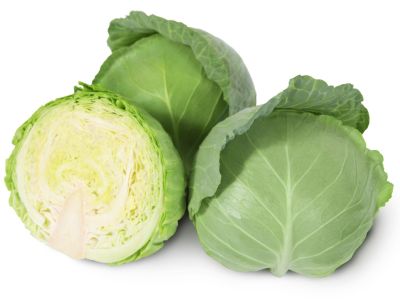What are Cole Crops?
Cole crops, at a basic level, are plants that belong to the mustard (Brassica) family and are all descendants of wild cabbage. As a group, these plants grow better in cool weather. This leads many people to think that the word “cole” is a variation of the word “cold” and they may even refer to these plants as cold crops. Actually, the word “cole” is a variation of a Latin word that means stem.
Cole Crops List
So what types of plants are considered cole crops? The following is a list of the most common of these plants: • Brussels sprout • Cabbage • Cauliflower • Collards • Kale • Kohlrabi • Mustard • Broccoli • Turnip • Watercress
When to Plant Cole Crops
The specific time for when to plant cole crops will be different depending on which one you are growing. For example, most cabbage varieties can be planted out much earlier than broccoli or cauliflower because cabbage plants can tolerate a much lower temperature. In general, these crops grow best when daytime temperatures are below 80 degrees F. (25 C.) and nighttime temperatures are below 60 degrees F. (15 C.) at night. Temperatures higher than this can lead to buttoning, bolting, or poor head formation, but most cole plants can tolerate much lower temperatures than other garden plants and can even survive light frosts.
Growing Cole Crop Plants
For best results, cole crops should be grown in full sun, but due to their need for cooler temperatures, if you have a partially shaded garden, the vegetables in this family will do okay here as well. Also, if you live in an area that has a short, cool season, planting them in part shade can help alleviate daytime temperatures by keeping direct sun from falling on the plants. Cole crop plants usually need significant amounts of nutrients, particularly micro-nutrients that may not be found in standard fertilizers. Therefore, it is important to work organic material into the beds you plan on growing cole crops in prior to planting them. Since many of these crops are susceptible to the same types of diseases and pests, rotating plants at least every few years is a good idea. This will help to cut down on diseases and pests that overwinter in the soil and attack the plants.
